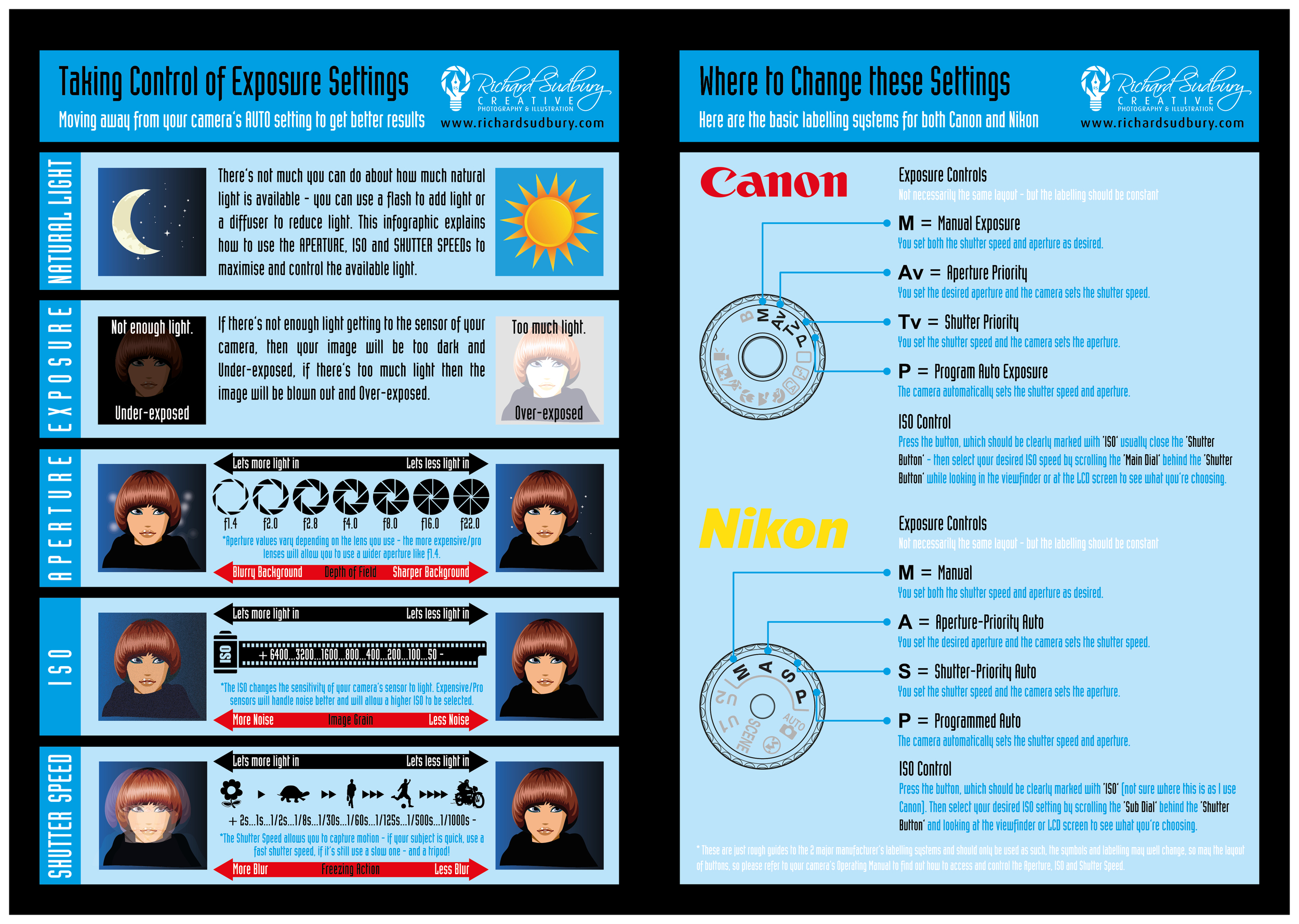Join Us To Find Necessary Digital Photography Pointers That Will Unlock Your Electronic Camera'S Possibility-- Prepare To Catch Magnificent Images Quickly!
Join Us To Find Necessary Digital Photography Pointers That Will Unlock Your Electronic Camera'S Possibility-- Prepare To Catch Magnificent Images Quickly!
Blog Article
Personnel Writer-Lundgreen Elmore
When you first get your electronic camera, it can really feel overwhelming with all the setups and choices offered. You might find yourself asking yourself exactly how to navigate aperture, shutter speed, and ISO properly. Understanding visit website is crucial, however there's more to photography than simply technical knowledge. Recognizing structure strategies and lights conditions can elevate your photos dramatically. So, what if you could learn simple techniques to boost your skills and start recording excellent photos quicker than you believe? Allow's check out just how to transform please click the next website page .
Recognizing Camera Settings
Understanding your electronic camera setups is important for capturing spectacular pictures. When you pick up your electronic camera, familiarize on your own with the three major settings: aperture, shutter speed, and ISO. Each plays an essential role in exactly how your photos end up.
Start with aperture, which controls the amount of light getting in the lens. A wider aperture (lower f-number) lets in a lot more light and produces a beautiful background blur, perfect for portraits. Alternatively, a narrower aperture (greater f-number) keeps even more of the scene in focus, suitable for landscapes.
Next, concentrate on shutter speed. This setup determines the length of time your electronic camera's sensor is revealed to light. A fast shutter rate freezes activity, which is excellent for activity shots, while a slow-moving shutter rate can create magnificent effects like smooth water in landscapes.
Last but not least, change your ISO. This setup impacts your camera's sensitivity to light. A higher ISO works in low-light scenarios however can present sound or grain. Go for the most affordable ISO possible while still attaining appropriate exposure.
Composition Methods
When you're out shooting, make-up can make all the distinction in just how your photos reverberate with audiences. Start by utilizing the regulation of thirds; imagine your frame separated into 9 equal sections with two horizontal and two vertical lines. Placement key elements along these lines or at their crossways to produce balance and passion.
Next, consider leading lines. These natural lines in your scene, like roadways or rivers, attract the visitor's eye right into the photograph, directing them through the tale you're telling.
Don't ignore mounting; usage components within your scene, like trees or windows, to produce a frame around your topic, including depth and focus.
Likewise, watch on your background. A messy history can distract from your main subject, while a simple one helps it stick out.
Last but not least, experiment with proportion and patterns; they can create a striking picture that catches interest.
Mastering Lighting Conditions
Mastering lights conditions is crucial for recording sensational photographs, as the appropriate light can transform a common scene into something extraordinary.
Begin by observing https://writeablog.net/wendolyn304deangelo/easy-ways-to-enhance-your-portrait-digital-photography -natural light at different times of the day. Mornings and late afternoons offer the best light, called the gold hour. The soft, warm tones throughout these times can boost your photos wonderfully.
Do not shy away from cloudy days either; diffused light can reduce harsh darkness and develop a pleasing effect, especially for portraits.
Try out backlighting by positioning your topic against the light. This strategy can create a fanciful halo result and add depth to your images.
Take notice of your electronic camera settings too. Readjust the ISO, aperture, and shutter rate to match the illumination problems. A greater ISO can aid in low light, but be cautious of grain.
Make use of a tripod in darker atmospheres to avoid blur.
Last but not least, don't neglect artificial illumination. Flash and constant lights can be fantastic tools for regulating light in difficult conditions.
Conclusion
In conclusion, understanding your camera does not have to be frustrating. By recognizing your settings, using structure strategies, and taking advantage of the power of natural light, you'll promptly boost your photography abilities. Keep in mind, exercise makes best, so go out there and trying out your newfound understanding. With time and devotion, you'll be catching sensational images that mirror your one-of-a-kind point of view. Delight in the trip, and do not forget to enjoy while you're at it!
